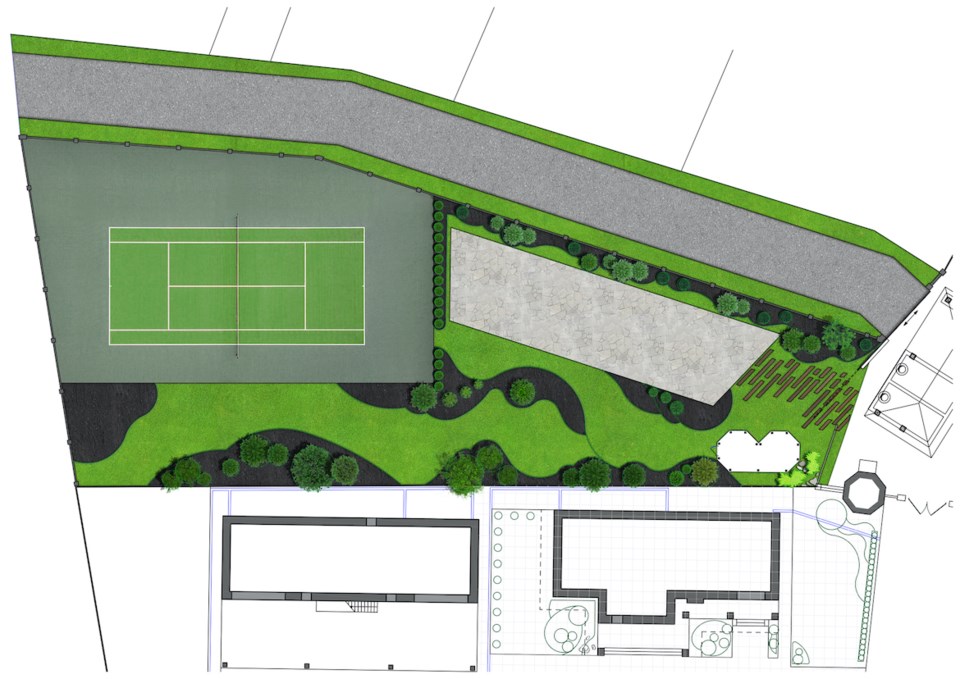How much should developers have to pay?
That’s the question the District is addressing as it continues its ongoing review of its community amenity contribution policy.
On Oct. 11, staff provided an update to elected officials about the policy review.
Community amenity contributions, or CACs, are funds that a developer typically pays during a rezoning application. This money usually goes towards items that are above and beyond basic infrastructure. Some examples of amenities would be items like affordable housing, childcare spaces, parks, public art and playgrounds.
Developers also pay development cost charges to cover expenses of new infrastructure that is built because of their new projects. This would include the cost of sidewalks, roads and pipes. These are separate from community amenity contributions, though they are often mistaken as the same.
Many running for office have cited the need for the District to beef up its community amenity contribution policy.
On Tuesday, the municipality’s director of planning, Jonas Velaniskis, said there are 11 items that staff aim to address during the review.
Some highlights include a review of CAC rates, increased affordable housing contributions, the management of units dedicated to the housing society, criteria for land-lift-based CACs and childcare space, among other things.
Staff have sought feedback from stakeholders representing developers, namely the Urban Development Institute.
About 20 people also completed a survey, with half of them identifying themselves as people working in the development industry.
Feedback, for the most part, followed predictable patterns, Velaniskis said.
“The public perception is that we should be getting more out of our CAC policy,” said Velaniskis. “And the stakeholder [developers’] perception is that it’s already high and going higher. It’s going to be very challenging.”
However, one less-than-expected finding was the broad support for childcare.
“There was a lot more support, I think, across the board for establishing clear requirements for developments, especially larger developments, to include childcare spaces,” he said.
One highlighted item was the idea of charging CACs based on a land-lift model. This means that every time a property is rezoned in a manner that increases its valuation, the municipality will ask for a contribution proportional to that increase in value.
Velaniskis said that developers, as represented by Urban Development Institute, were cold to the idea.
“[The] land-lift approach did not interest the stakeholders, and I think they raised some good points,” he said.
“One, it lacks clarity when they’re purchasing the property, which is when they have to run their performance and … estimate how much everything is going to cost, including the CACs.”
He said developers were worried it would add more complexity into the process, as proponents would have to negotiate with the municipality about CAC contributions.
“In order to really address this concern, we would need to have multiple rates for different sizes of development, which is possible, and which is maybe where we will end up,” said Velaniskis.
“The stakeholders had a strong preference for a fixed target rate. They can calculate the fixed rate before they purchase the property. And it’s clear what their costs are going to be.”
Developers also raised concerns about construction costs, which Velaniskis said have increased quite a bit. That, plus the Step 4 requirements for environmentally-friendly construction in the District, add another cost to development.
“In order to respond to that, we’ve retained a quality surveyor that works locally to help us get on top of the actual construction costs,” said Velaniskis. “And we can’t essentially move forward with the policy changes until we know exactly or approximately what the costs are going to be.”
Council provided feedback and questions on the matter, but no decisions were made. Staff will be bringing back the matter again before council in a future update.




